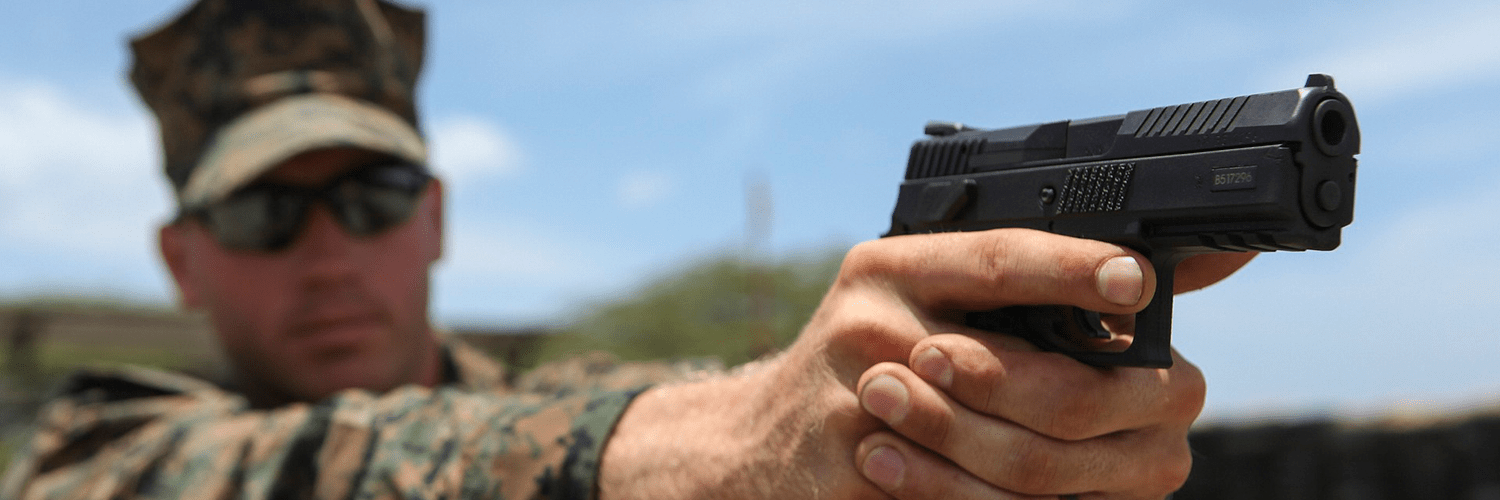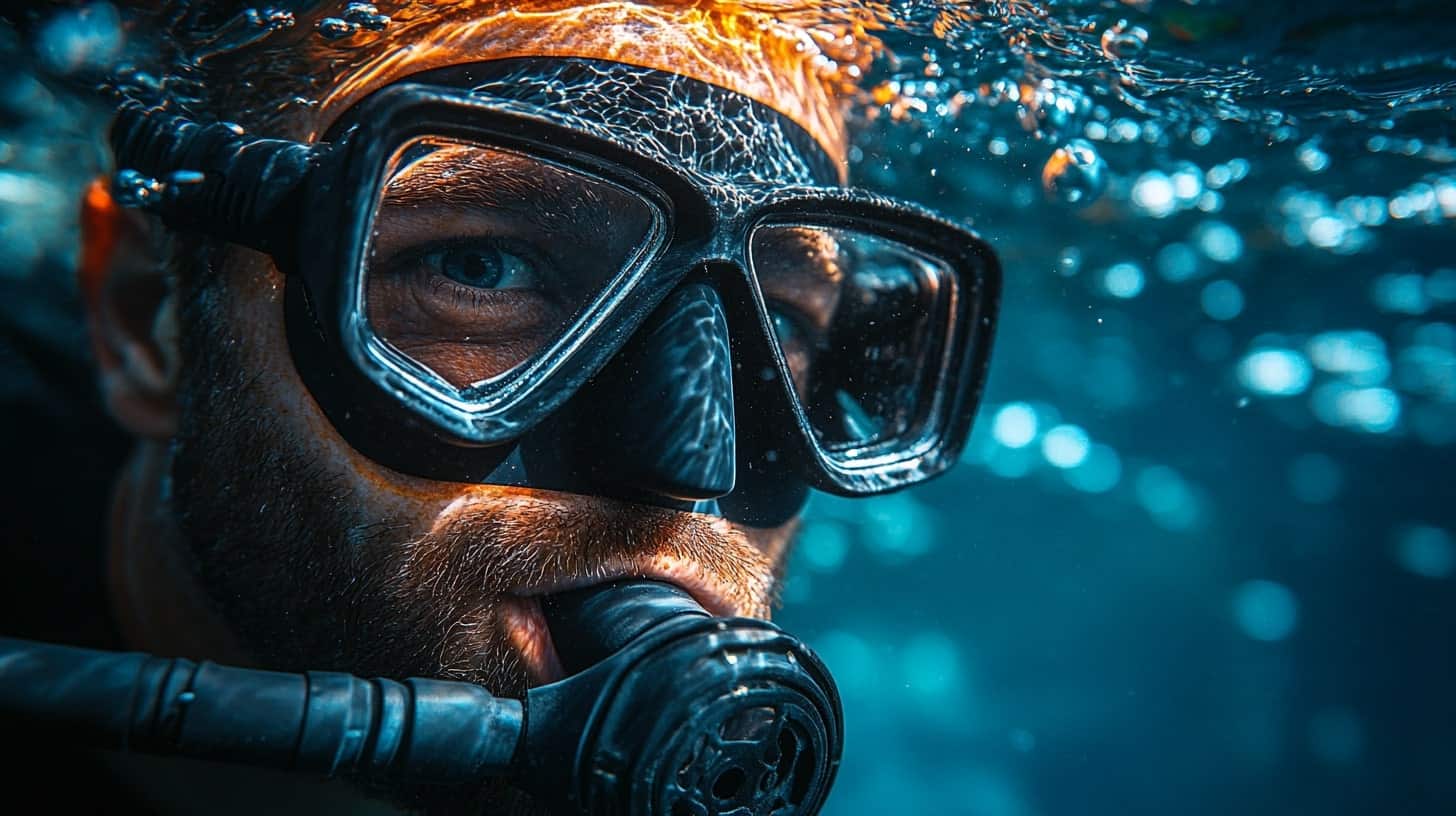Spearfishing is one of the most exhilarating underwater activities, combining adventure, skill, and precision. Whether you’re a beginner or an experienced diver, choosing the right speargun is essential for a successful and enjoyable hunt. With so many types, sizes, and mechanisms available, it’s crucial to understand what makes a speargun suitable for your specific needs.
This guide will take you through the different types of spearguns, their features, and how to choose the best one for your underwater hunting experience.
Understanding Speargun Types
Spearguns come in two main types: band-powered (rubber) spearguns and pneumatic spearguns. Each has its own advantages and is suited for different conditions and hunting styles.
Band-Powered Spearguns
Band-powered spearguns, also known as rubber spearguns, are the most popular choice among spearfishers. They rely on elastic bands (also called slings) to propel the spear. The user pulls the bands back and locks the shaft into place before taking a shot.
- Pros:
- Quiet operation, making them ideal for stealthy hunting.
- Highly customizable with different band thicknesses and lengths.
- Durable and reliable, even in harsh underwater conditions.
- Cons:
- Requires physical strength to load, especially with multiple bands.
- Can be slower to reload compared to pneumatic spearguns.
Band-powered spearguns are great for hunting in reef areas, kelp forests, and open water where larger fish are found.
Pneumatic Spearguns
Pneumatic spearguns use compressed air to shoot the spear. Instead of pulling back bands, the user loads the spear into a sealed barrel, which compresses air inside the chamber. When the trigger is pulled, the stored air pressure propels the spear forward.
- Pros:
- Compact design makes them easier to maneuver, especially in caves and murky waters.
- Faster reloading process compared to band-powered spearguns.
- More powerful shots with shorter overall length, making them ideal for close-quarters hunting.
- Cons:
- Requires periodic maintenance, including checking and refilling the air pressure.
- Can be noisier compared to band-powered models, potentially scaring fish.
Pneumatic spearguns are commonly used in low-visibility conditions, around rocks, and in areas where quick, powerful shots are necessary.
Choosing the Right Speargun Length
The length of a speargun plays a major role in its performance. It determines the range, power, and maneuverability underwater. Speargun sizes are usually measured in centimeters, referring to the length of the barrel (excluding the spear).
- Short Spearguns (50-75 cm):
- Best for hunting in caves, rocky areas, and poor visibility.
- Easy to maneuver but limited in range.
- Medium Spearguns (90-110 cm):
- Versatile and suitable for a variety of conditions.
- Good for reef hunting and mid-sized fish.
- Long Spearguns (120-150 cm):
- Designed for open-water hunting and large fish species.
- Offers the greatest range and power but can be harder to handle.
For beginners, a medium-sized speargun (90-100 cm) is a great starting point as it offers a balance between range and maneuverability.
Spear Tips and Shaft Materials
The spear, or shaft, is another critical part of a speargun. Different tip designs and materials affect performance and penetration.
Types of Spear Tips
- Single Flopper (Hawaiian Tip) – Best for small to medium fish, easy to remove.
- Double Flopper (Tahitian Tip) – Provides extra holding power, reducing the chance of fish escaping.
- Slip Tip – Used for hunting large fish, allowing the spear to detach and reduce resistance.
Shaft Materials
- Stainless Steel – Rust-resistant, durable, and commonly used.
- Spring Steel – Stronger and more resistant to bending.
- Coated Shafts – Offer additional protection against corrosion in saltwater environments.
Selecting the right shaft and tip will improve accuracy and ensure a higher success rate during your hunt.
Essential Accessories for Spearfishing
Besides the speargun itself, having the right accessories can enhance your hunting experience and safety.
- Reel or Float Line – Helps you retrieve your spear and prevents losing your gun.
- Spearfishing Wetsuit – Keeps you warm and protected from marine life.
- Weight Belt – Helps you achieve neutral buoyancy for better control underwater.
- Freediving Mask and Snorkel – Provides clear vision and efficient breathing.
Using the right gear will make your spearfishing more comfortable and productive.
Maintenance and Care for Your Speargun
Taking care of your speargun ensures longevity and reliable performance. After every dive:
- Rinse thoroughly with fresh water to remove salt and sand.
- Check the bands or pneumatic seals for wear and replace them when necessary.
- Lubricate the trigger mechanism occasionally to maintain smooth operation.
- Store properly in a dry, cool place away from direct sunlight.
By maintaining your speargun regularly, you’ll extend its lifespan and keep it performing at its best.
Conclusion
Selecting the right speargun for underwater hunting depends on your experience level, hunting environment, and personal preferences. Band-powered spearguns are quiet and reliable, while pneumatic models offer compact power. Choosing the correct length, shaft, and accessories will enhance your hunting success and ensure a safe, enjoyable experience.
Whether you’re a beginner or an advanced spearfisher, investing in the right speargun and maintaining it well will make your underwater adventures more rewarding.

